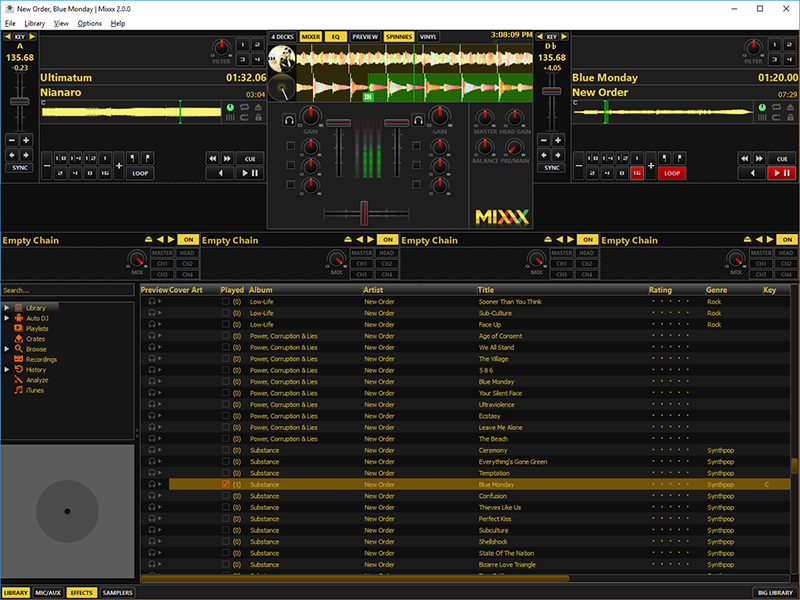


By adding this feature to the sound card, it freed up an expansion slot and at the very competivie price tag the Sound Blaster was being sold for, it was an easy decision for prospective sound card buyers.
#Image mixer version 1.5 Pc
Back in these days, PC owners would need to spend around $50 to buy a game port adapter or a multi-I/O card that had a game port if they wanted to use a joystick with their PC. Game Blaster card, the C/MS chips were installed in sockets on the board.Īnother key selling feature of the Sound Blaster was its inclusion of a game port. For backward compatibility with the earlier C/MS a.k.a. In reality, this transformed DOS games, as this sampled sound was used to introduce sound effects into games while simultaneously playing music via the OPL2 (FM synthesis) chip. This brand new feature brought the ability to play back mono sampled sound at up to 22 kHz sampling frequency (about the same as FM radio quality, so quite poor by today's standards), and record at 12 kHz (which was similar to AM radio quality - even worse). This meant that all games which supported Ad Lib would produce similar audio output quality on the Sound Blaster.īut what made it different was the "DSP", or Digital Sound Processor, which is what Creative Labs called the "digital audio" part of the card. First announced in September 1988, the Sound Blaster had an 11-voice FM synthesizer which made use of the Yamaha YM3812 chip, often referred to simply as the OPL2 chip - this was the same chip used in the Ad Lib card, so it was 100% Ad Lib compatible. The original Sound Blaster v1.0 and v1.5 ( CT1310, CT1320A/B) were released in 1989 as the successor to their Game Blaster.


 0 kommentar(er)
0 kommentar(er)
